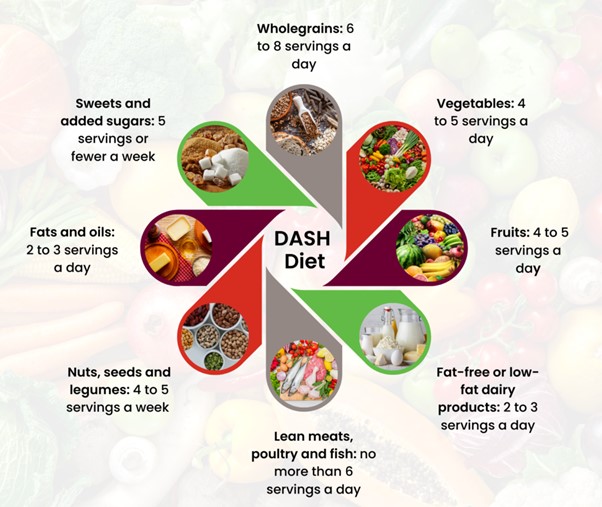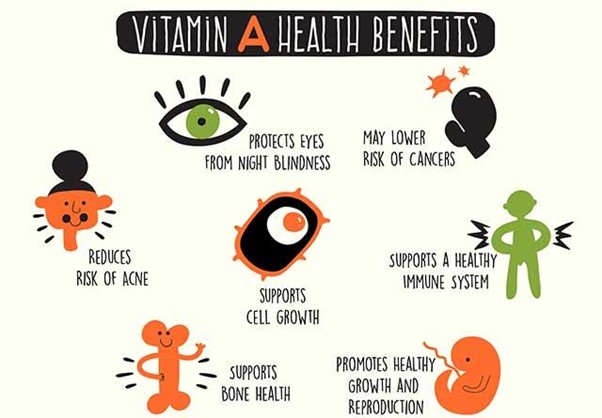A client with celiac disease selects a bowl of oatmeal with fresh fruit and skim milk, grapefruit juice, and coffee from the breakfast menu. Which action is most important for the nurse to implement?
Advise the client that too much fruit can irritate the colon.
Inform the client that oatmeal contains gluten.
Commend the client for selecting fat free milk.
Encourage the client to choose decaffeinated coffee.
The Correct Answer is B
Choice A
Advising the client that too much fruit can irritate the colon is not the right choice. While it's true that excessive consumption of certain fruits can cause gastrointestinal discomfort, this information is not directly related to celiac disease or the selected meal.
Choice B
Informing the client that oatmeal contains gluten is the right choice. Celiac disease is an autoimmune disorder in which consuming gluten, a protein found in wheat, rye, and barley, triggers an immune response that damages the small intestine. Oatmeal itself is naturally gluten-free, but it is often processed in facilities that also process gluten-containing grains, which can lead to cross-contamination. Therefore, it's important for individuals with celiac disease to choose certified gluten-free oats to avoid adverse reactions.
Choice C
Commending the client for selecting fat-free milk is not the best choice. While choosing a healthier milk option is beneficial for overall health, it is not the most important action in this situation, considering the client's celiac disease.
Choice D reason;
Encouraging the client to choose decaffeinated coffee is not the right choice. The choice of caffeinated or decaffeinated coffee is a matter of preference and is not directly related to celiac disease or the potential for gluten exposure from the oatmeal.
Nursing Test Bank
Naxlex Comprehensive Predictor Exams
Related Questions
Correct Answer is B
Explanation

Correct Answer is C
Explanation
Choice A
"The bruises on my arms are all gone." This statement is incorrect. Bruising can be influenced by various factors, including platelet levels and clotting factors, but it is not a specific sign of Vitamin A deficiency.
Choice B
"My feet don't tingle like they used to. “This statement is incorrect. Tingling feet might be related to nerve function or circulation, but it is not a direct symptom of Vitamin A deficiency.
Choice C
"I can see at night when I wake up now. “This statement is correct. Vitamin A is essential for maintaining good vision, especially in low-light conditions. Deficiency of Vitamin A can lead to a condition called night blindness, where individuals have difficulty seeing in low light. Therefore, the statement "I can see at night when I wake up now" (option C) indicates that an adequate amount of Vitamin A is being provided.
Choice D
"My tummy seems so much smaller now. “This statement is incorrect. Changes in tummy size are not typically related to Vitamin A deficiency. Vitamin A deficiency is more closely associated with symptoms related to vision and immune function.

Whether you are a student looking to ace your exams or a practicing nurse seeking to enhance your expertise , our nursing education contents will empower you with the confidence and competence to make a difference in the lives of patients and become a respected leader in the healthcare field.
Visit Naxlex, invest in your future and unlock endless possibilities with our unparalleled nursing education contents today
Report Wrong Answer on the Current Question
Do you disagree with the answer? If yes, what is your expected answer? Explain.
Kindly be descriptive with the issue you are facing.
